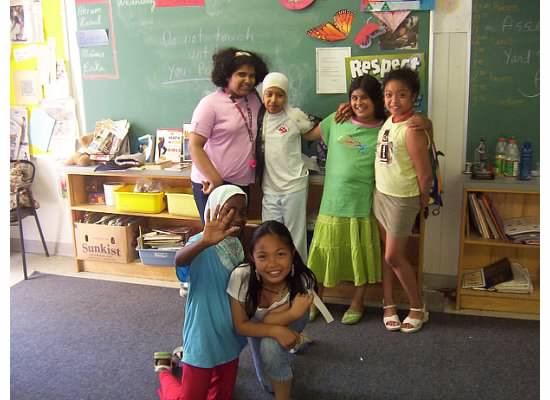The Changing Role Of The “Foreign” English Teacher

A story to begin. For a good number of years I worked at a large teacher training institute in Korea. For the largest school board in the world. We were responsible for training both Korean and foreign English teachers. I had a lot of opportunities to see classrooms in action and discuss issues with teachers. One that so often came up was the dysfunctional nature of the co-teaching relationship between Korean and foreign teachers assigned to teach together.
In many instances (not all), foreign teachers were used as “model” speakers and a source of language input just like you would a video, a CD, a cassette tape player (yeah, I’m that old). The Korean would turn to the foreign teacher (from Canada, USA, Australia, S.Africa, New Zealand, England only – that’s another issue for another blog post) when she or he needed the language to be modeled. The foreign teacher would read the text or act out the dialogue. Then the Korean teacher would take over the class again.
This was common. But very dysfunctional. It led to a lot of resentment. The foreign teacher totally dis-empowered and meant to be a machine that could be turned on and off. The Korean teacher asserting that this was why the foreign teacher was there in the first place – to model the language as it “should” be spoken.
Ok, end of story.
I relate this because it still happens in many parts of the world. Further, even if it doesn’t – the belief in the “native speaker” model and voices from Canada, USA, Australia, S.Africa, New Zealand, England only being the source of target input still persists. Widely persists. And it’s wrong. Let me tell you why.
- Technology is now available for students and teachers alike to “pipe in” quality language input as a model or as lesson listening content on demand. There is no need to waste human capacity in the parroting of language. Teachers should use authentic, level appropriate sources from the internet.
- ELF. English as a Lingua Franca is now the prevalent “English” in the world. International “Englishes” are the norm and more plentiful than any type of standard English (General American, RP – Received Pronunciation). It is these types of English that students need modeled and access to for practice and as input. People are communicating in non-standard English and we need to prepare students for this environment.

- It’s wrong. Plain wrong. If we care about our profession, English language teaching – we need to move away from the divisive, discriminatory and “racist” terminology and practices related to native speakerism and those from X, Y or Z country being the model for us all to aspire toward.
I will be commenting on this further in the coming weeks. Next post will be about the myths we’ve created and saliently believe and live by and which perpetuate the native speaking model (as it relates to teaching). Stay tuned.
Stay awake. Stay aware. Be transparent and call things as they are. The days of the native speaker carte blanche entitlement are over.











Quite similar, I’m sure, to how it often was in Japan. You mention “England” twice. How did they make sure the teacher wasn’t from Wales or Scotland or Northern Ireland? After all of them would have had a British passport.
Tim, good question. It really was done surreptitiously. I never even encountered anyone from Newcastle either …. So passports are one way of vetting and then there is the even more difficult discrimination to uproot – that done by those hiring and their conscious or unconscious bias. For some reason S.Africans passed the mustered and so did a few Irish.